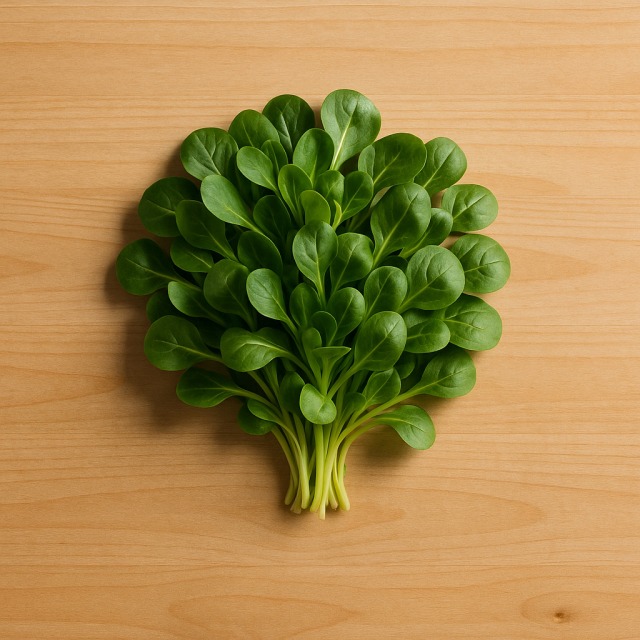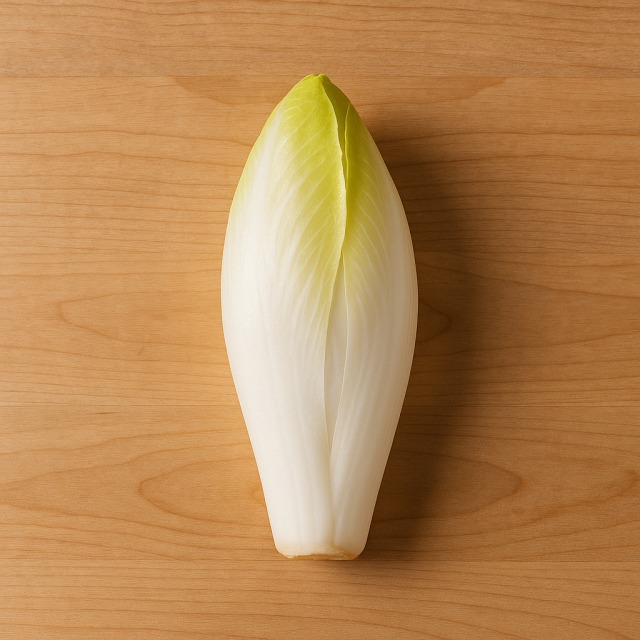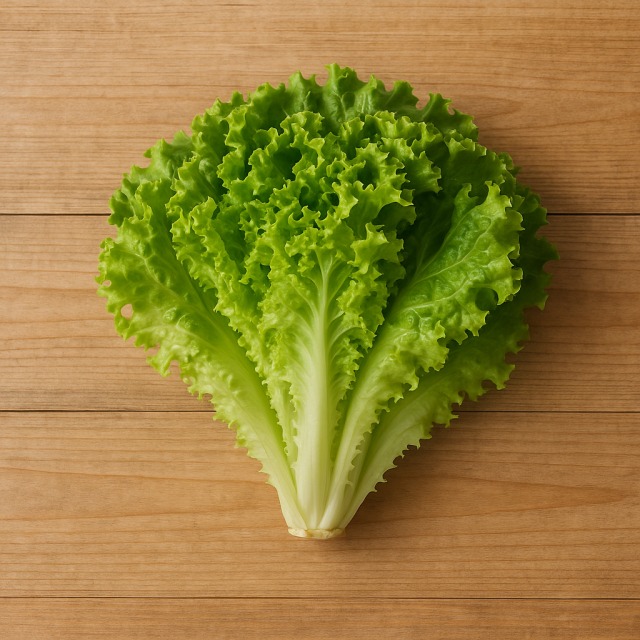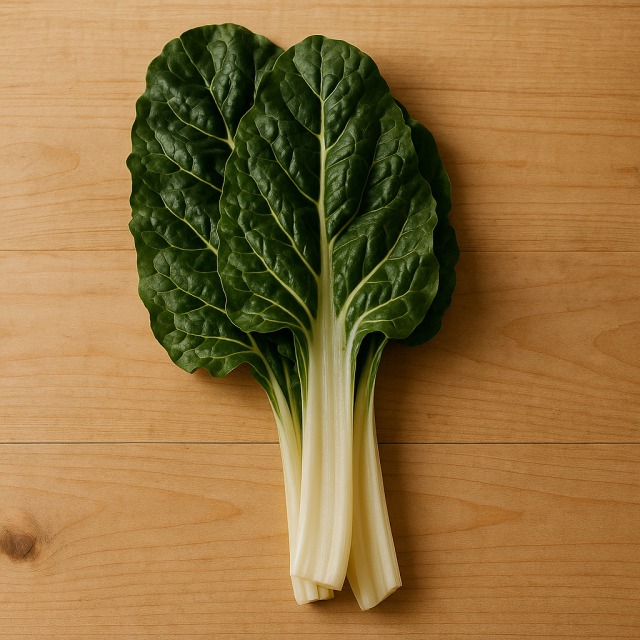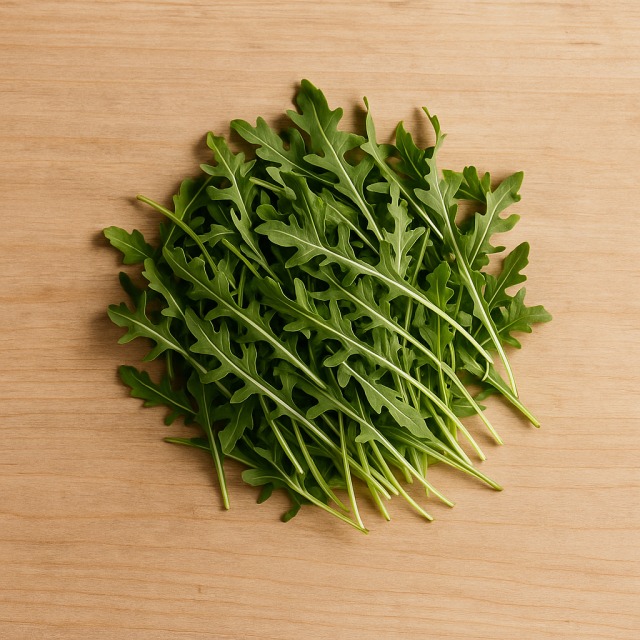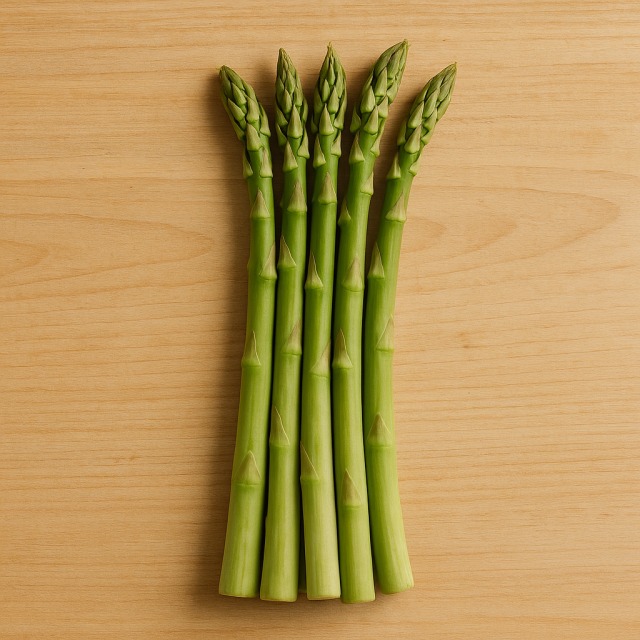Calorie Chart / Vegetables / Watercress
How Many Calories Are in Watercress?
Calculation of the nutritional value & Recommended Dietary Intake of watercress
For g and a calorie requirement of kcal
| Calories 5 kcal | Proteins 0.7 g | Lipids 0 g | Carbohydrates 0.6 g |
| 0% | 1% | 0% | 0% |
Health benefits of watercress
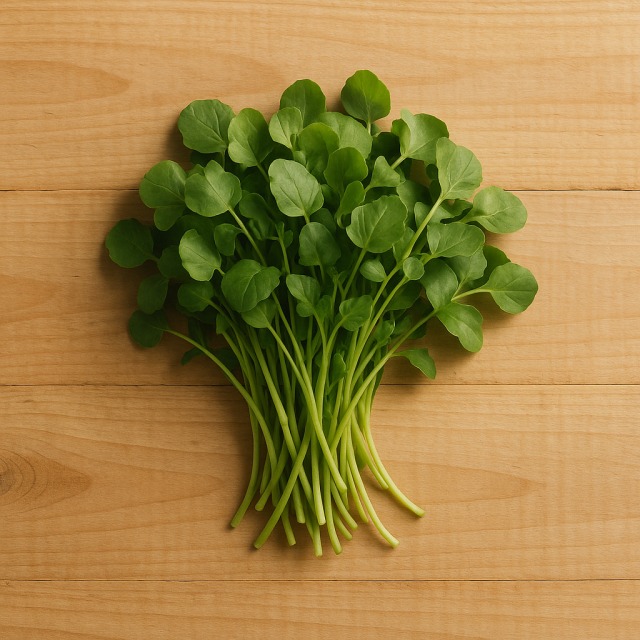
Watercress - 100g
Calories 18 kcal
Proteins 2.2 g
Lipids 0 g
Carbohydrates 2 g
Watercress is considered a very low-calorie vegetable, making it a strategic choice for anyone who wants volume on the plate without piling on calories. Despite its tiny calorie content, each bunch is packed with vitamin K (over 100% of the daily value in a small serving), vitamin C, vitamin A (as beta-carotene), and folate. Calcium and iron are present in interesting quantities for bone health and oxygen transport, while the natural iodine content supports thyroid function.
The peppery leaf also contains glucosinolates that can release phenethyl isothiocyanate, a compound studied for its supposed anti-cancer properties. Rich in lutein and zeaxanthin, watercress may help protect eye health. Finally, its natural nitrates help regulate blood pressure and improve athletic blood-flow efficiency, again with almost no calorie cost. All in all, watercress is a nutrient powerhouse that is low in calories but rich in taste and history—the Romans already cultivated it for its "tonic" virtues.
Tips for incorporating watercress into a balanced diet
Because watercress contributes negligible calories yet plenty of flavor, it is ideal in a mixed salad with diced apple and toasted walnut; a drizzle of light vinaigrette keeps the calories in check. For a warming dish, blend watercress into a creamy soup finished with a spoonful of 0% fromage blanc instead of cream to maintain low calories while adding protein.
If you need a more substantial meal after sport, serve watercress under a grilled fillet of salmon; the fatty fish provides omega-3s while the leaves add vitamins for almost no extra calories. Another balanced idea is a quinoa bowl: mix cooked quinoa, cubes of cucumber, watercress, and a squeeze of lemon—high satiety, modest calories. Finally, swap part of the basil in your usual pesto for watercress to create a peppery green sauce spreading flavor, not calories, on whole-grain pasta or roasted vegetables.
Frequently Asked Questions
- How many calories are in watercress?
- Watercress provides 18 kcal per 100 g.
- Is watercress good for weight loss because of its calorie profile?
- Yes. With only a handful of calories and high water and fiber content, watercress allows large portions that help you feel full while keeping total calories low.
- Which vitamins in watercress compensate for its low calories?
- Despite the minimal calories, watercress supplies notable amounts of vitamins K, C, and A, plus calcium and iron.
- Can I cook watercress without adding many calories?
- Absolutely. Steam it briefly or add it at the end of a stir-fry; avoid heavy butter or cream sauces if you want to preserve the low-calorie benefit.
- How does watercress compare in calories to spinach or broccoli?
- All three are low-calorie vegetables, but watercress is usually the lightest. Choosing any of them keeps calories modest while boosting micronutrients.
- Does blending watercress into smoothies change its calories?
- The leaves themselves keep the same tiny calorie count; just watch the fruit or yogurt you add so the total calories stay within your target.
Similar foods
Information provided by Calorie Menu may contain inaccuracies or errors. It cannot, under any circumstances, substitute medical advice or medication.
